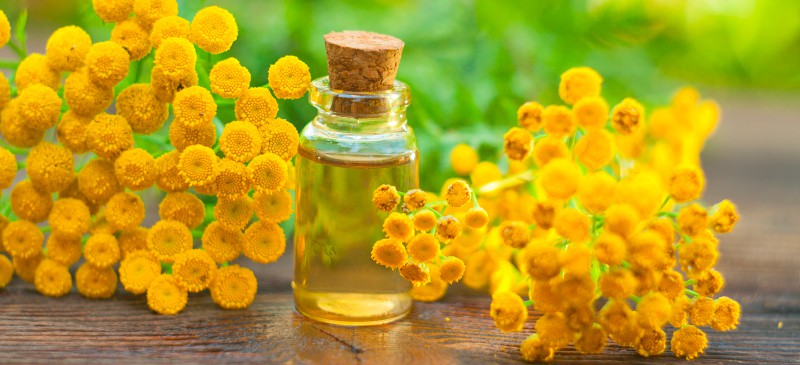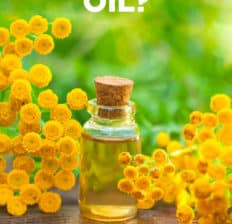This Dr. Axe content is medically reviewed or fact checked to ensure factually accurate information.
With strict editorial sourcing guidelines, we only link to academic research institutions, reputable media sites and, when research is available, medically peer-reviewed studies. Note that the numbers in parentheses (1, 2, etc.) are clickable links to these studies.
The information in our articles is NOT intended to replace a one-on-one relationship with a qualified health care professional and is not intended as medical advice.
This article is based on scientific evidence, written by experts and fact checked by our trained editorial staff. Note that the numbers in parentheses (1, 2, etc.) are clickable links to medically peer-reviewed studies.
Our team includes licensed nutritionists and dietitians, certified health education specialists, as well as certified strength and conditioning specialists, personal trainers and corrective exercise specialists. Our team aims to be not only thorough with its research, but also objective and unbiased.
The information in our articles is NOT intended to replace a one-on-one relationship with a qualified health care professional and is not intended as medical advice.
Blue Tansy Oil Benefits for Skin & Beyond (+ How to Use)
September 12, 2021

If you’re a lover of unique skin care products, you’re bound to stumble across those made with the blue, plant-derived ingredient called blue tansy.
Why is blue tansy oil good for your skin? Compounds found in this versatile plant can help skin that’s prone to a range of problems, including dryness, sensitivity, irritation, breakouts, wrinkles and dullness.
You’ll find blue tansy in products including face oils, overnight serums, gentle cleansers, exfoliating masks and more. The great news is it can be used to help balance many different skin types, adding moisturize and helping improve skin’s overall texture.
What Is Blue Tansy?
The blue tansy flower (Tanacetum annuum) is a member of the chamomile family, meaning the plant is related to the well-known chamomile plant. It’s used to make blue tansy essential oil that is most often applied topically to the skin.
The blue tansy plant, which is most commonly harvested in Morocco and parts of the Mediterranean region, contains the compound chamazulene, a type of antioxidant that is known to have calming effects on the skin, as well as the ability to fight free radical damage that contributes to signs of aging. Chamazulene is also responsible for this oil’s signature blue color.
This essential oil is described as having a sweet, earthy, herbal fragrance that is naturally relaxing, much like chamomile essential oil.
Benefits
1. Fights Inflammation
Blue tansy oil contains several anti-inflammatory compounds, including:
- Chamazulene (also called azulene)
- Sabinene
- Camphor
- Myrcene
- Pinene
When applied to the skin these compounds can help decrease skin damage, swelling, redness and discomfort. They may even act like natural wound-healing agents and have the ability to fight signs of UV damage and aging, such as wrinkles and fine lines.
Another anti-inflammatory use for this oil is fighting bacteria that may cause infections and decreasing nasal congestion and inflammation within the respiratory system. For example, aromatherapists sometimes diffuse the oil or have people inhale it from a bowl of steaming water to improve breathing and break up mucus.
2. Can Help Moisturize Skin/Prevent Dryness
Blue tansy products are commonly used to help decrease dry skin and add moisture. Although more research is needed to confirm how effective and safe it is, it’s also used in some cases to treat burns, such as those caused by radiation treatments.
3. Good Choice for Acne-Prone Skin
While some facial oils are not recommended for people with acne-prone skin, blue tansy seems to help reduce breakouts and other signs of skin inflammation and irritation.
4. Has a Naturally Calming Scent
Blue tansy contains high amounts of the compound called camphor, which has a calming effect when inhaled. You can use blue tansy oil in aromatherapy to help you feel grounded and relaxed before bedtime or when you’re stressed.
Try diffusing it in your home or inhaling it slowly from the bottle. It can also be added homemade room sprays, facial mists and massage oils.
5. Can Help Repel Mosquitos
Some studies have found that compounds present within blue tansy oil can deter insects and pests, including mosquitos, making it a great addition to natural and homemade bug sprays.
How to Use (Dosage)
When purchasing blue tansy oil look for the species name Tanacetum annuum (as opposed to Tanacetum vulgare, which is another species that is not used for the same purposes). It’s best to purchase 100% pure, organic essential oils whenever possible for the most benefits.
Here are some suggested uses for blue tansy oil:
- First combine it with a carrier oil. Mix pure blue tansy essential oil with coconut, olive or jojoba oil before applying it to your skin in order to reduce the risk of irritation.
- Add one or two drops of this oil to your favorite facial serums, creams, exfoliators, masks or cleansers.
- To make a homemade muscle rub, add a few drops of blue tansy, wintergreen and peppermint to a carrier oil.
- Try making a DIY room spray by adding several drops of blue tansy oil to a spray bottle containing four ounces of water. Shake the bottle, and spritz around your home on your towels and bedsheets.
- To help you cope with a cold or another respiratory issue, either place a few drops in a diffuser, or add a few drops to a bowl of very hot water and inhale the vapors for at least one minute. You can also add some of the oil to homemade vapor rub, much like you would with eucalyptus oil.
How often should you use blue tansy?
In small amounts it is safe for most people to use every day. However, it’s important not to apply too much to the skin as this may cause irritation.
Try initially applying it to your skin once per day to start, such as mixed into face cream, and then possibly twice daily if you react well to it.
What does blue tansy mix well with?
This depends on how you plan to use it and for what purpose. For skin health support, it mixes well with some of the other best essential oils for skin, such as tea tree, lavender and frankincense oils.
You can also use it with yarrow oil, which similarly has a sweet, herbaceous aroma due to the presence of chamazulene. Yarrow is also used to soothe stress, provide antioxidant support and uplift your mood.
For aromatherapy uses, try it with:
Risks and Side Effects
Blue tansy oil is not meant to be used internally — rather it should be applied to the skin or diffused.
Although it’s generally well-tolerated, some people are sensitive to the effects of essential oils and should use caution when beginning to use a new type. It’s best to perform a patch test on a small section of your skin before applying this oil to a larger area in order to make sure you don’t have an allergic reaction.
Use all essential oils in small amounts, only one or two drops at a time, and look out for signs of irritation, such a burning, redness or a rash. Discontinue use if you notice any of these symptoms.
Do not apply essential oils directly to open wounds or burns. Speak with your doctor first before using oils on any serious skin damage, such as radiation burns.
If you’re pregnant or nursing, do not use this product unless working closely with your health care provider. This essential oil, as well as certain others, may cause negative effects during pregnancy and generally is considered risky and unsafe.
Conclusion
- Blue tansy (Tanacetum annuum) is a plant that is made into an essential oil that’s often added to skin care products.
- It contains anti-inflammatory, calming, antihistamine and skin-soothing effects. You’ll find it in products including cleansers, moisturizers, masks and serums.
- It may help reduce skin dryness, inflammation, burns, redness, acne and wrinkles. It can also be diffused or inhaled to help improve breathing and for its calming effects.











